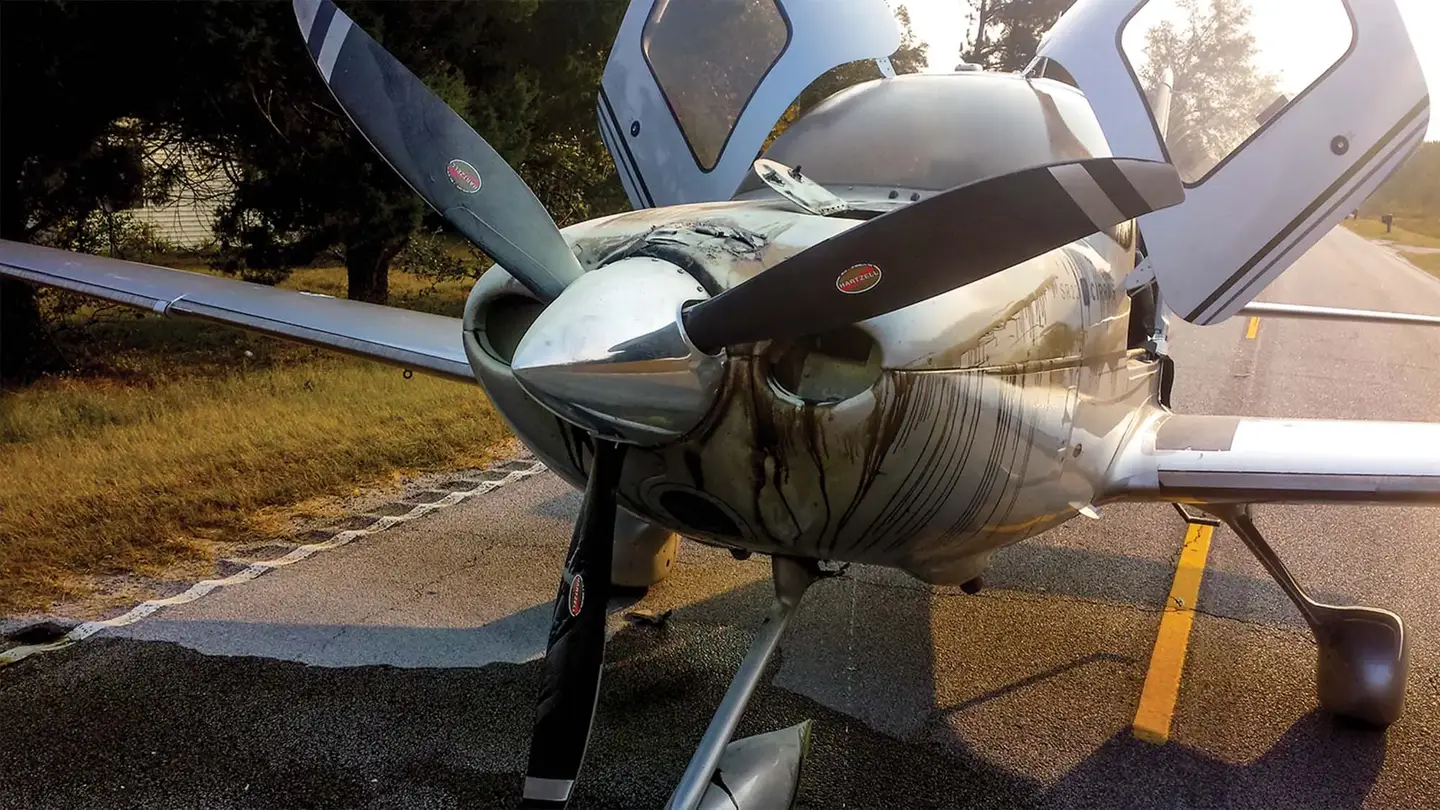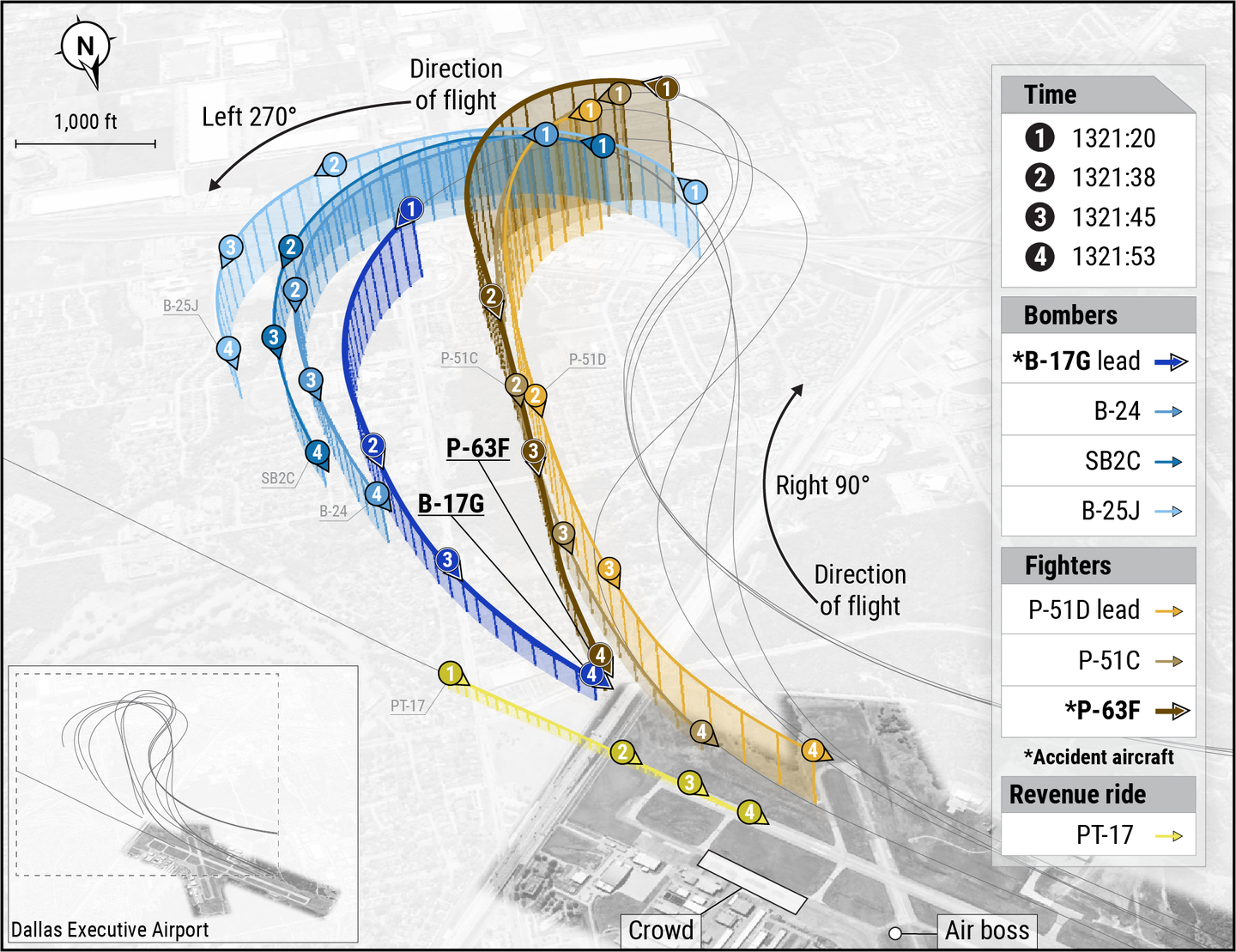General Aviation Accident Bulletin
AVweb’s General Aviation Accident Bulletin is taken from the pages of our sister publication, Aviation Safety magazine. All the reports listed here are preliminary and include only initial factual findings…

Aviation Safety Accident Bulletin
AVweb's General Aviation Accident Bulletin is taken from the pages of our sister publication, Aviation Safety magazine. All the reports listed here are preliminary and include only initial factual findings about crashes. You can learn more about the final probable cause on the NTSB's website at www.ntsb.gov. Final reports appear about a year after the accident, although some take longer. Find out more about Aviation Safety at www.aviationsafetymagazine.com.
May 2, 2020, Palmyra, Ill.
Yakovlev Yak-52
At about 1600 Central time, the airplane was destroyed when it struck terrain during an impromptu aerobatic maneuver. The solo pilot was fatally injured. Visual conditions prevailed.
A pilot-rated witness observed the airplane make a low pass down the runway toward the south at 20-30 feet AGL. He described the airplane pitching up five to 10 degrees, and climbing to 100-200 feet AGL beyond the runway’s end. It then entered a slow roll to the left. As the airplane rolled past inverted, the witness became concerned that the pilot did not have enough altitude to perform the maneuver. He lost sight of the airplane as it descended and was passing about 270 degrees of roll. Another witness saw the airplane as it began the left roll and then "nose-dived" steeply toward the ground.
May 2, 2020, Bowling Green, KY
de Havilland DH-4
After taking off on the restored airplane’s first flight, the pilot noticed the airplane required right aileron input to keep the wings level. By the time the airplane reached a downwind leg, the problem had worsened, requiring nearly full right aileron to maintain control with both hands. Nearing the base leg, he was unable to keep the wings level and the airplane developed into a slip, and he was unable to prevent the airplane from turning left. The airplane descended, touched down in the grass to the right of the runway, and came to rest nose down, with the wings partially separated from the airframe. Examination revealed the aileron control system was intact but, due to damage, its rigging could not be evaluated. The pilot was uninjured.
May 2, 2020, Fresno, Calif.
Cessna 172N Skyhawk
The airplane was substantially damaged at about 0930 Pacific time when it was involved in an off-airport landing following a partial engine failure. The pilot sustained minor injuries. Visual conditions prevailed.
This was to be the third flight after maintenance had been performed on the airplane, and the pilot planned to stay in the local area. The takeoff from Runway 30 was normal until reaching 300 to 400 feet AGL, when the engine began to surge and lost power. The pilot verified throttle and mixture controls were fully forward and executed a 180-degree turn back toward the airport. The pilot landed on Runway 12, but the airplane continued off the end of the runway and collided with a fence before crossing the two westbound lanes of a road and coming to rest in the median.
May 3, 2020, Delta, Colo.
Rans S-12 Experimental LSA
At 1110 Mountain time, the airplane was destroyed when it impacted terrain during a test flight after restoration. The solo private pilot sustained fatal injuries. Visual conditions prevailed.
The airplane owner stated the pilot had been restoring the airplane for almost two years and, the day before the accident, told him he was close to having the airplane flyable. A witness saw the airplane take off from Runway 14, appearing to be under control. Another witness heard the engine repetitively going from full power, then backing off and returning to full power. When he saw the airplane, he thought the wings were rocking. The airplane banked to the right, was very low, and pitched “a lot.” Three or four seconds later, the airplane impacted the ground.
This article originally appeared in the August 2020 issue of Aviation Safety magazine.
For more great content like this, subscribe to Aviation Safety!






